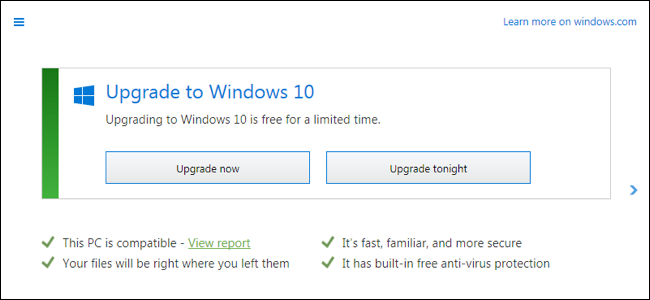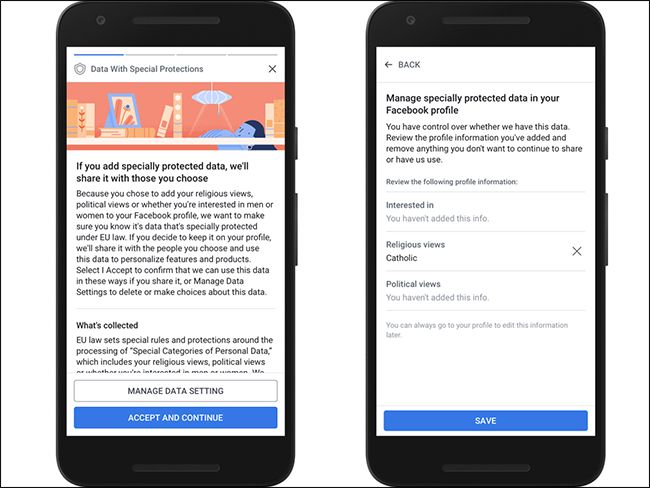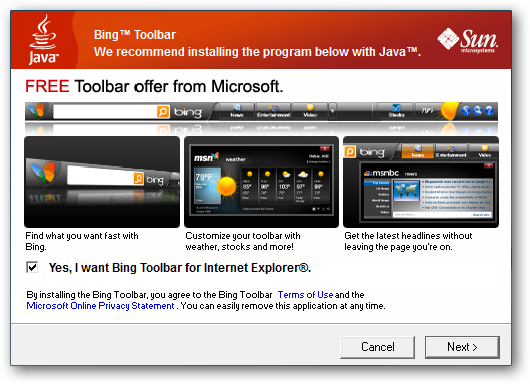Quick Links
Ever feel like you're being prompted into going along with something you don't want because better options aren't clearly being presented? You probably just found a dark pattern."Dark patterns" are designs that deliberately trick you into doing what a company wants. This can take all kinds of forms, from MoviePass not canceling people's accounts to installers putting crapware on your machine by assuming you'll click "Next" without thinking too much about it.Evan Puschak outlined the idea nicely on YouTube earlier this year, and his video is well worth a watch.
Being a geek is all about tweaking things to work the way you want, as opposed to going along with the defaults. Dark patterns deliberately make this harder, so it's worth understanding how they work. Let's look at a few examples and try to learn what this all means.
Confirm Shaming: Implying You're Bad or Stupid
Confirm shaming is a recent trend, but a very annoying one. Website designers who want you to do something like subscribe to a newsletter write copy for buttons that make you feel like a terrible person for choosing the option you want. Like this:
That's right: to unsubscribe, you have to click a link that implies you don't care about your cat. It's scummy. Note also that the opt-out is hard to see--small gray text on a white background.
This is all intentional. The manipulative popup like this makes it more likely that you'll give out your email address, even if you feel gross about it. And the practice is all too common: the confirm shaming Tumblr has a lot more examples if you want to see more (but you'll run into plenty just by browsing the web).
Bait and Switch
Sometimes you click a button intending to do one thing, only to discover you've done the opposite. This is the classic bait and switch.
Microsoft employed this trick back when it was pushing Windows 10 hard. At one point they offered two buttons: upgrade now or upgrade tonight.
Say you don't want to install Windows 10; which button do you press? A lot of people ended up accidentally installing Windows 10 after this one.
That's scummy enough, but it got worse: at one point even closing the Window offering the update would prompt the installation. A lot of people ended up accidentally installing Windows 10 because of this one, which makes sense: it was almost impossible to tell how to opt out.
MoviePass not canceling people's accounts is a more recent example of this sort of dark pattern at work. People thought they'd deleted their account, only to find later they'd accidentally opted in again.
Assuming People Won't Read
There are other types of dark patterns, but many have one thing in common: they assume that people won't read and will act on instinct instead. At some point, you've likely just clicked the most prominent button available to get on with whatever it is that you're doing. Companies count on that.
For example: back in April Facebook used dark patterns to undermine EU privacy rules. Take a look:
Note the buttons on the left. The button that closes the popup without reviewing your settings is blue, so it stands out. The button that lets you check your settings is white so that it blends in. The "Manage Data Setting" label also makes that label sound a bit daunting to the non-geeks among us.
Facebook knows the vast majority of people will tap the blue button without reading anything just to make the popup disappear. But by getting users to tap "Agree," the company has collected the consent to gather data legally required by the GDRP.
Nothing about this is illegal. Sure, Facebook isn't neutrally presenting the decision, but they are asking you for consent, whether you register that consciously or not.
And the above example isn't even that nefarious, compared to what companies have pulled over the years. For example, there's the scam of bundled crapware. You know, things like this in installers:
Windows users know all about this, and Mac users haven't been spared either. The idea here is that you'll click "Next" without looking at what's on the screen, giving consent to install software that no reasonable person would want. At best you have a few unwanted applications; at worst you just installed some privacy violating spyware.
This practice dates back to the 1990s. Raymond Chen, writing for Microsoft's The Old New Thing blog, pointed out one installer that hid checked opt-ins below unchecked ones, so you'd have to scroll even to notice they were enabled. Sneaky.
We Could Go On
There are other kinds of dark patterns, but I think you get the idea at this point. Any design that tries to subtly prompt you to do something you don't necessarily want (or that makes being aware of your options more difficult) is employing a dark pattern.
Why is it worth knowing this? Because now that you know what a dark pattern is you're equipped to spot them. This makes it less likely that you'll fall for them and you can share that information with friends and family. Keep your eyes peeled.
Photo credit: chanchai howharn/Shutterstock.com




